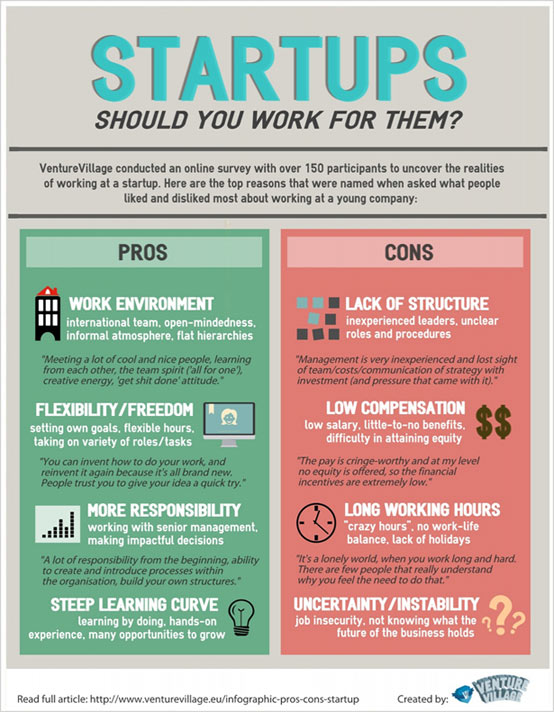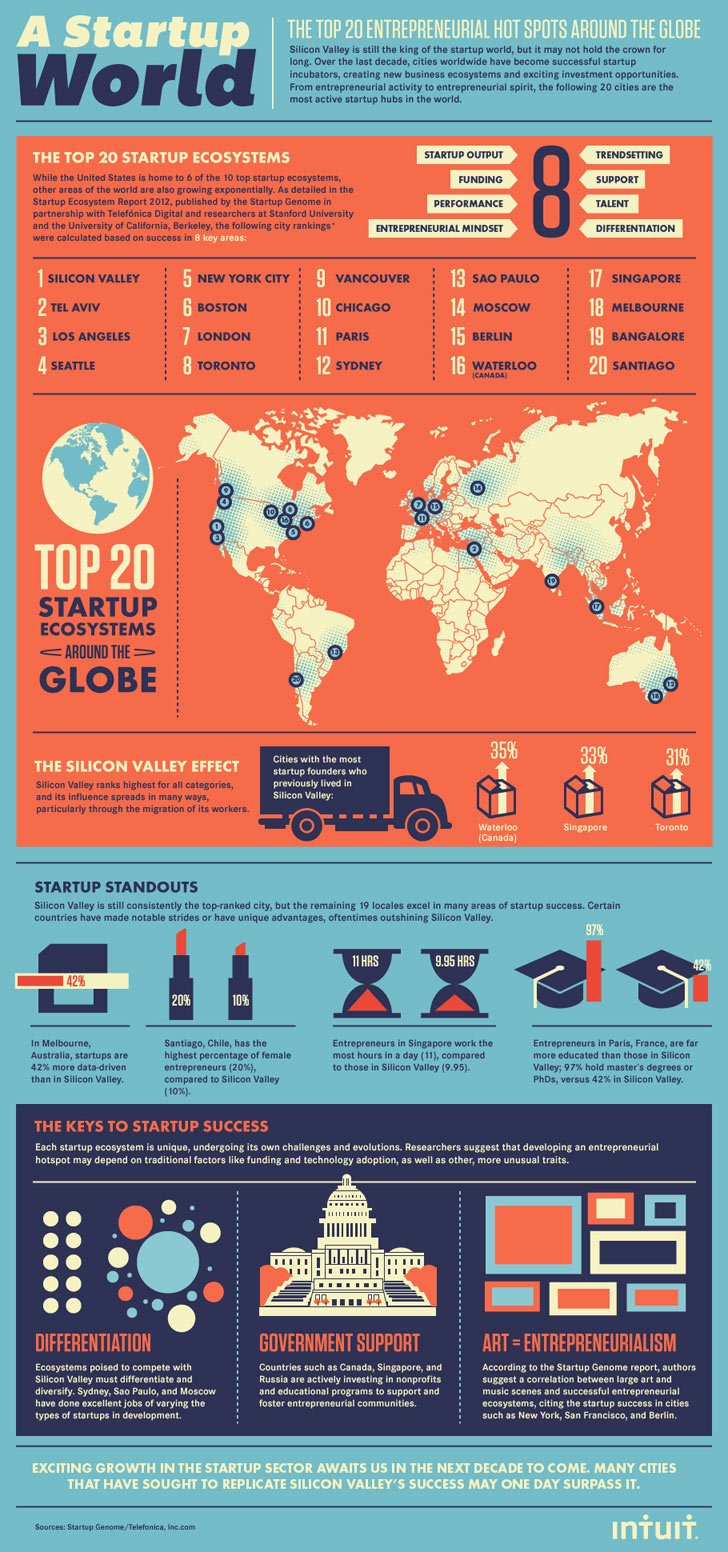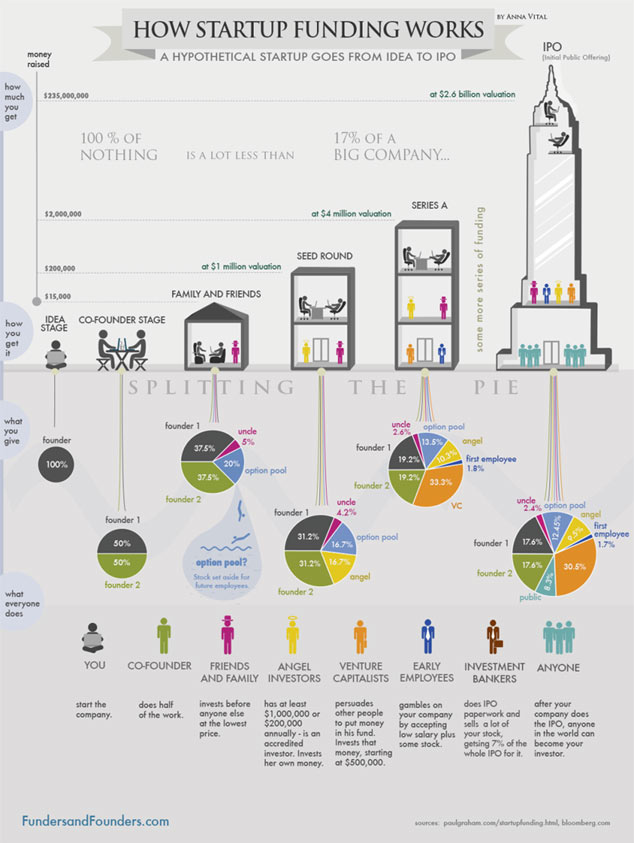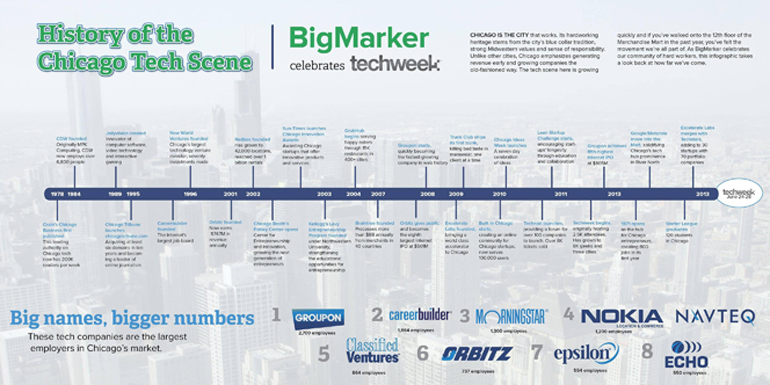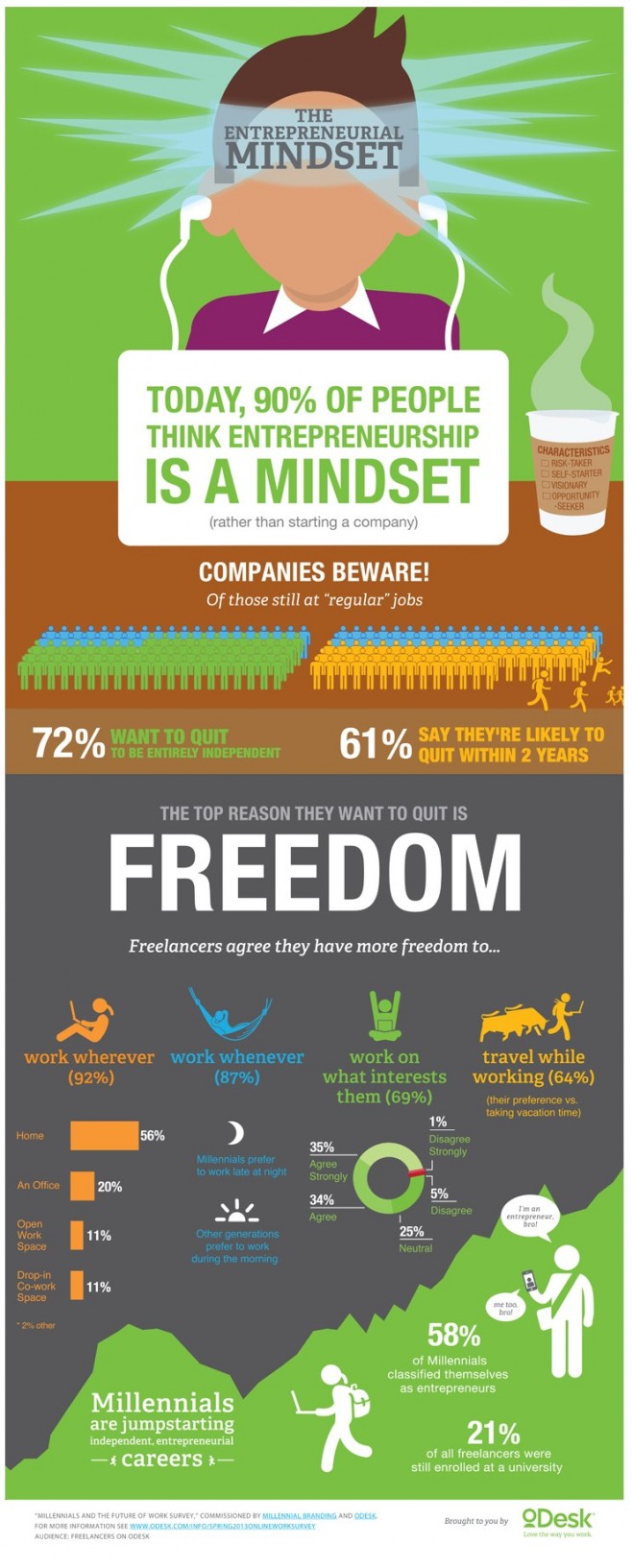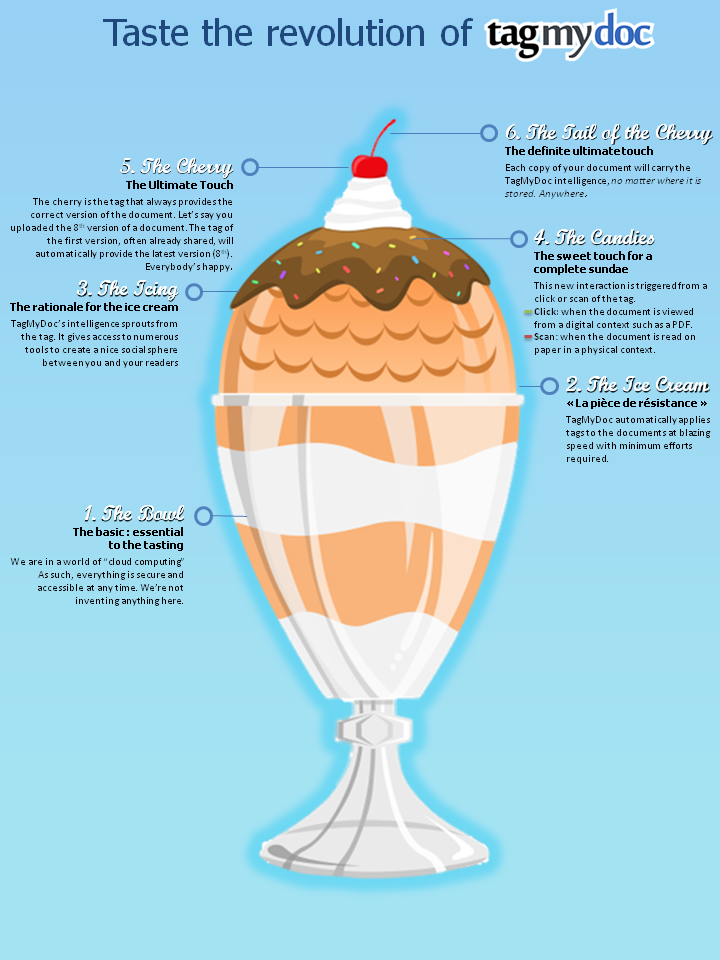Entrepreneurship is on the rise. The US, as well as other parts of the globe, are turning to startups, innovators, and entrepreneurs to reinvigorate the economy. As entrepreneurship and startups become more popular, working for startups is becoming the “in” thing to do. It seems more and more MBA’s, college graduates, and even people who didn’t go to college at all are turning to startups for work rather than blue chips.
The folks over at VentureVillage have compiled an infographic that shows off the Pros and Cons to working at a startup.
The Pros are of course things like culture, flexibility, and more responsibility. Factors like low compensation, bad work/life balance, and instability top the negatives when looking at a startup job.
If you’re looking to work at a funded startup you may have better luck than working at a bootstrapped startup. However a bootstrapped startup may offer you opportunities a funded startup can’t, like outrageous equity.
It’s apparent that working for a startup is a gamble in itself, but it could payoff. It’s hard to believe but companies like Facebook, Twitter, Instagram and even Google were at one time startups themselves. Their earliest employees are all pretty well off now.
Take a look at the infographic below and for more visit venturevillage.eu


